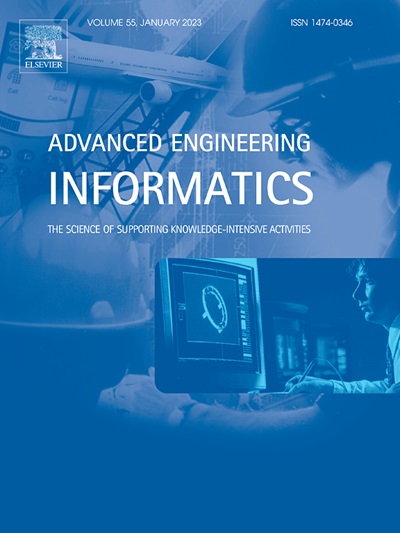Hierarchical attention-based framework for enhanced prediction and optimization of organic and inorganic material synthesis
IF 8
1区 工程技术
Q1 COMPUTER SCIENCE, ARTIFICIAL INTELLIGENCE
引用次数: 0
Abstract
Optimizing the synthesis of organic and inorganic materials, including molybdenum disulfide (MoS), and estimating the photoluminescent quantum yield (PLQY) remains a complex and time-intensive challenge with significant applications in high-impact areas such as energy storage, light-emitting devices, and light-filtering materials. Traditional machine learning approaches like XGBoost and support vector machines (SVMs) have shown effectiveness in predicting material properties; however, they often require manual feature engineering and are limited in capturing intricate dependencies across experimental parameters. To address these limitations, this study proposes a unified hierarchical attention transformer network (HATNet) that leverages the multi-head-attention (MHA) mechanism to automatically learn complex interactions within feature spaces, providing a more flexible and powerful alternative for synthesis optimization. Our proposed framework is applied to two key tasks: MoS growth status classification and carbon quantum dot (CQD) PLQY estimation. This framework captures high-order feature dependencies in small and large datasets for regression and classification through a shared attention-based encoder. The experimental results demonstrate that HATNet outperforms state-of-the-art methods, achieving higher predictive performance, with a 95% classification accuracy for MoS synthesis and a mean squared error (MSE) of 0.003 on inorganic compositions and 0.0219 on organic compositions for carbon quantum yield estimation. These results illustrate HATNet’s adaptability and accuracy in synthesizing advanced materials, highlighting its versatility as a tool for guiding experimental synthesis across various materials in the field of materials science.
基于层次关注的有机和无机材料合成预测和优化框架
优化有机和无机材料(包括二硫化钼(MoS2))的合成,并估算光致发光量子产率(PLQY)仍然是一项复杂且耗时的挑战,在储能、发光器件和滤光材料等高影响领域具有重要应用。传统的机器学习方法,如XGBoost和支持向量机(svm)在预测材料性能方面已经显示出有效性;然而,它们通常需要手动特征工程,并且在捕获跨实验参数的复杂依赖关系方面受到限制。为了解决这些限制,本研究提出了一个统一的分层注意转换网络(HATNet),该网络利用多头注意(MHA)机制自动学习特征空间内的复杂交互,为综合优化提供了更灵活和强大的替代方案。我们提出的框架应用于两个关键任务:MoS2生长状态分类和碳量子点(CQD) PLQY估计。该框架通过共享的基于注意力的编码器捕获小型和大型数据集中的高阶特征依赖关系,用于回归和分类。实验结果表明,HATNet优于现有方法,实现了更高的预测性能,对二硫化钼合成的分类准确率为95%,对无机成分和有机成分的碳量子产率估计的均方误差(MSE)分别为0.003和0.0219。这些结果说明了HATNet在合成先进材料方面的适应性和准确性,突出了其作为指导材料科学领域各种材料实验合成工具的多功能性。
本文章由计算机程序翻译,如有差异,请以英文原文为准。
求助全文
约1分钟内获得全文
求助全文
来源期刊

Advanced Engineering Informatics
工程技术-工程:综合
CiteScore
12.40
自引率
18.20%
发文量
292
审稿时长
45 days
期刊介绍:
Advanced Engineering Informatics is an international Journal that solicits research papers with an emphasis on 'knowledge' and 'engineering applications'. The Journal seeks original papers that report progress in applying methods of engineering informatics. These papers should have engineering relevance and help provide a scientific base for more reliable, spontaneous, and creative engineering decision-making. Additionally, papers should demonstrate the science of supporting knowledge-intensive engineering tasks and validate the generality, power, and scalability of new methods through rigorous evaluation, preferably both qualitatively and quantitatively. Abstracting and indexing for Advanced Engineering Informatics include Science Citation Index Expanded, Scopus and INSPEC.
 求助内容:
求助内容: 应助结果提醒方式:
应助结果提醒方式:


